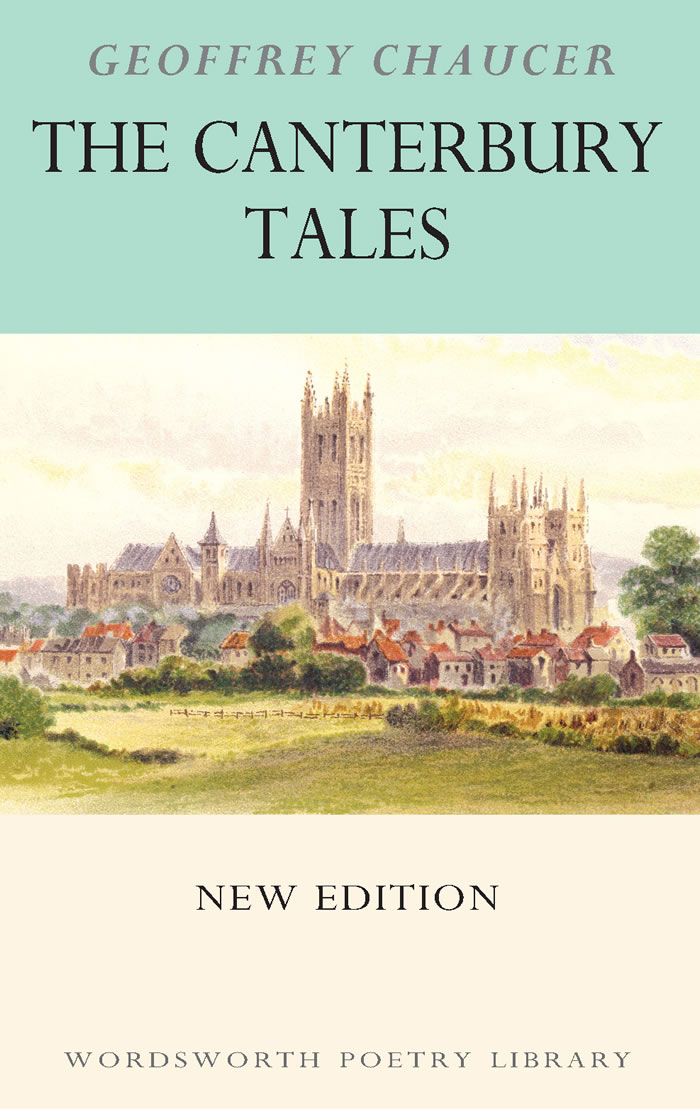CANTERBURY TALES, THE
6,00€
Edited with Introductions, Bibliographies, Footnotes and on-page Glossaries by Dr Lesley A. Coote, Lecturer in Medieval & Renaissance Studies, University of Hull.
During his life, Geoffrey Chaucer
It was Boccaccio's Decameron which inspired Chaucer, in the 1390s, to begin work on The Canterbury Tales, which was still unfinished at his death in October 1400. It tells the story of a group of 30 pilgrims who meet at the Tabard Inn in Southwark, on the south bank of the Thames opposite the city of London, and travel together to visit the then famous shrine of St Thomas Becket in Canterbury cathedral. The tavern host, who accompanies them, suggests that they amuse one another along the way by telling stories. There will be a prize for this: the best storyteller will get a free meal in the tavern on their return. The stories told by the pilgrims range from bawdy comedies through saints' lives and moral tracts to courtly romances, but are always delivered with a generous helping of Chaucer's own sly wit and ironic humour. Although based on the stereotypes of estates satire', his pilgrims appear as individuals who can be recognised by their audience. Chaucer succeeds in his aim of producing an overview of his times and their culture, for posterity, in the manner of Italian, proto-Renaissance, writers. In the decades after his death, Chaucer was recognised and elevated by a new generation of writers to a position of prominence in the emerging canon of English writing, from which he ultimately became known as the Father of English Literature'.














